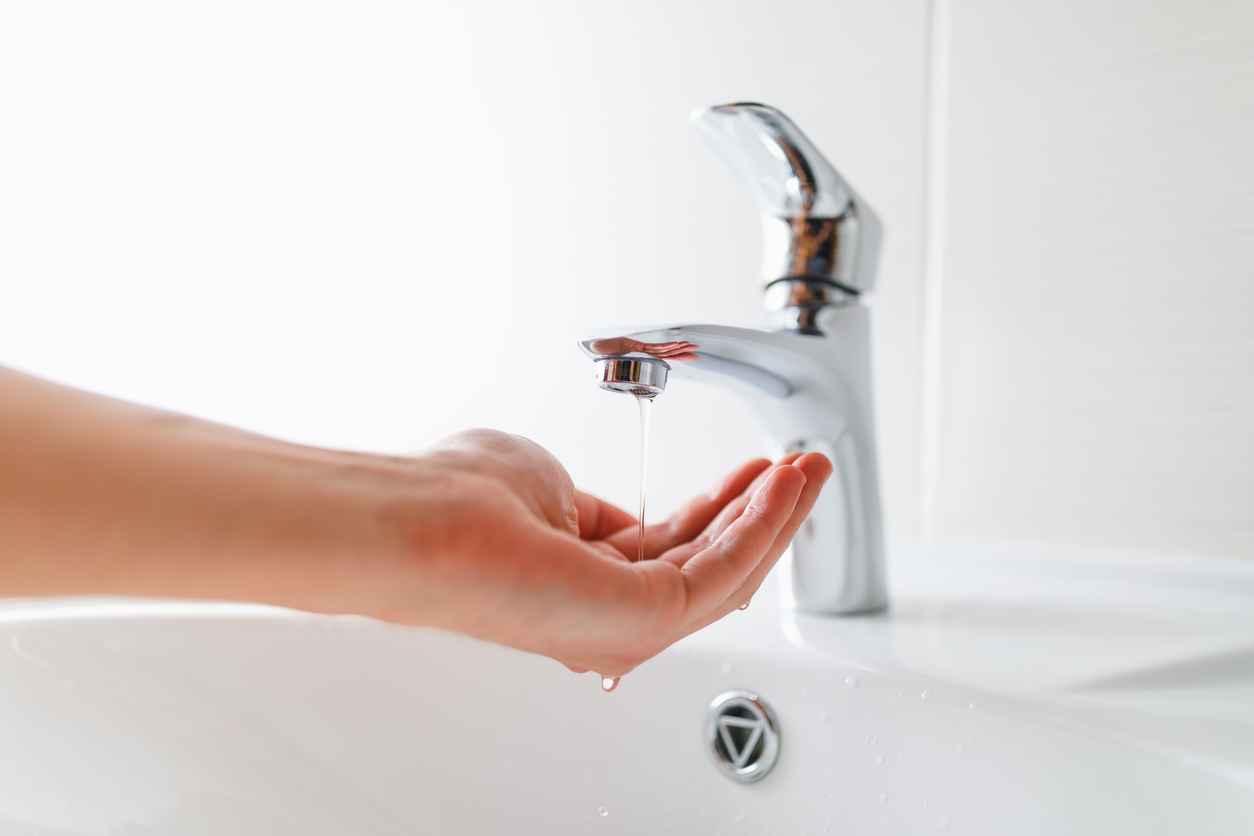
What Causes Low Water Pressure in Your Home?
Low water pressure can turn everyday tasks into frustrating chores. From taking a shower to washing dishes, poor water flow affects your comfort and efficiency. Many homeowners in the Chesterfield and Henrico areas encounter this problem without knowing the root cause. Left unresolved, it can point to larger plumbing issues that could damage your home.
Fortunately, you can often identify what’s causing the problem by understanding a few key signs. In this blog, we’ll explore the common causes of low water pressure and how to resolve them with help from the pros at SoGood Plumbing, Heating & Air.
Understanding Low Water Pressure
Low water pressure refers to a significant drop in the force of water flowing through your plumbing system. While it may seem like a minor inconvenience at first, it can signal deeper problems ranging from minor clogs to serious leaks or outdated plumbing infrastructure. Understanding what’s behind it is the first step toward restoring proper flow in your home.
Key Signs of Low Water Pressure
If your home has low water pressure, you’ll likely notice it during your daily routine. These signs can help you confirm if it’s more than just a one-time issue.
Weak Shower or Faucet Flow
When turning on your shower or faucet, the water comes out as a trickle instead of a steady stream. This is one of the most noticeable signs of low water pressure.
Appliances Taking Longer to Fill
Your dishwasher or washing machine may take more time than usual to fill, especially if multiple fixtures are running at once. This delay is often due to inadequate water flow in your system.
Water Flow Changes with Multiple Fixtures
If you notice the water pressure dropping when more than one faucet or appliance is in use, your system may be struggling to maintain adequate flow.
What Causes Low Water Pressure
There are many reasons your water pressure may be affected. Some are simple to fix, while others require the attention of a professional.
Pipe Leaks
Leaks in your plumbing can divert water away from its intended path. This not only lowers pressure but also wastes water and can cause hidden damage.
Clogged Pipes or Faucets
Sediment, mineral buildup, or debris in your plumbing lines or aerators can restrict flow. Over time, these clogs become more serious and affect pressure throughout your home.
Corroded Plumbing
Older pipes made from galvanized steel often corrode internally. This reduces the interior diameter of the pipe, leading to chronic low pressure.
Faulty Pressure Regulator
If your home has a pressure regulator and it malfunctions, it may drop the water pressure significantly or create inconsistencies across fixtures.
Municipal Water Supply Issues
Sometimes the problem isn’t inside your home at all. If the local water supplier is doing maintenance or facing demand issues, your pressure may be temporarily affected.
Fixing Low Water Pressure in Your Home
The right solution depends on what’s causing the issue. Some fixes are simple, while others need professional attention from a licensed plumber.
Clean or Replace Faucet Aerators
In many cases, buildup in the aerator is the culprit. Unscrewing and cleaning it—or replacing it altogether—can restore pressure to individual faucets.
Check for Leaks
Inspect your home for damp spots, warped flooring, or sudden spikes in your water bill. These signs point to leaks that need prompt repair.
Flush Out Your Pipes
Running all your faucets simultaneously for a few minutes can help dislodge sediment from your pipes, though this should be done cautiously to avoid further issues.
Adjust or Replace the Pressure Regulator
If your regulator is to blame, adjusting it may help. In some cases, replacement is necessary, which should be done by a professional.
Preventing Water Pressure Problems
Staying proactive can help avoid sudden pressure issues. Here are a few tips to keep your plumbing system running smoothly:
- Schedule regular plumbing inspections to detect potential issues early.
- Install a whole-home water softener if you have hard water, which reduces mineral buildup.
- Replace outdated plumbing materials with modern, corrosion-resistant options.
- Clean faucet aerators regularly to prevent clogs.
- Monitor your water bill for sudden increases that could point to hidden leaks.
Restore Flow With Help from SoGood Plumbing, Heating & Air
Low water pressure isn’t just annoying—it could be the start of something bigger. From clogs and corrosion to external supply issues, there are several possible causes, and knowing the right solution starts with an expert diagnosis.
The team at SoGood Plumbing, Heating & Air is ready to restore your home’s comfort with fast, friendly service. Contact us today to get your water pressure—and peace of mind—back on track.
Recent News
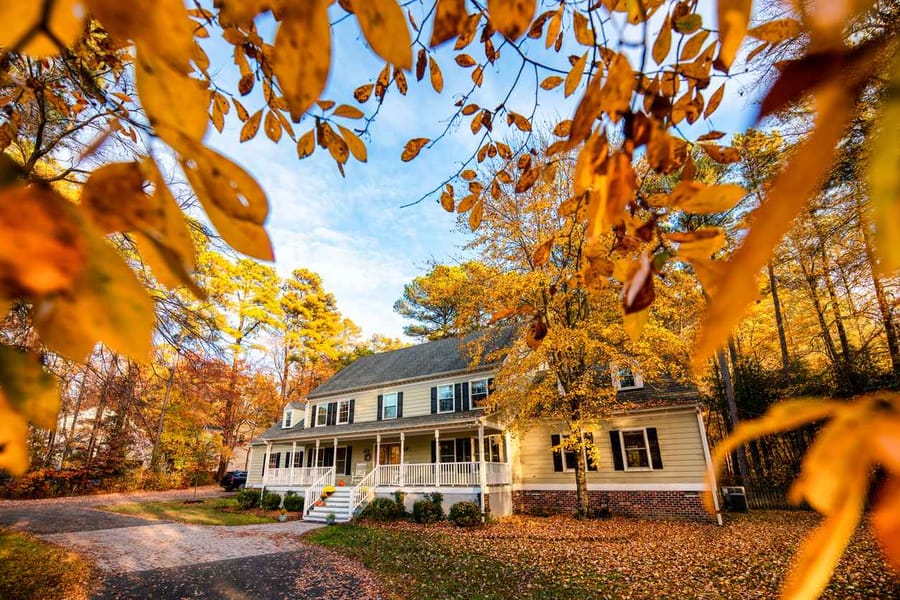
How Richmond’s Aging Homes Create Hidden Plumbing Challenges in Winter

Why Sudden Cold Spells in Central Virginia Overwork Heating Systems
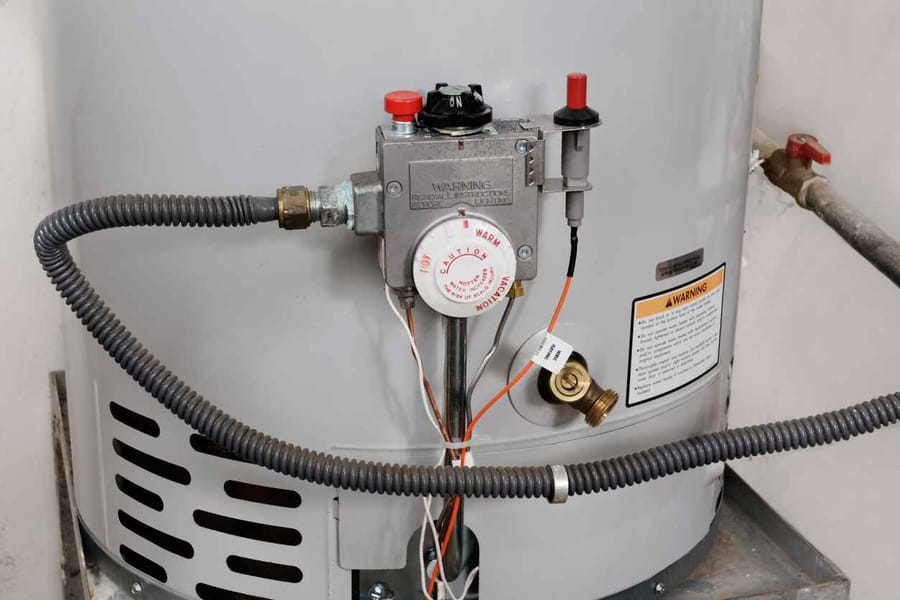
Is It Time to Replace Your Water Heater? 6 Signs RVA Homeowners Shouldn’t Ignore

Top 10 Indoor Air Quality Myths & How to Test Your Home in RVA
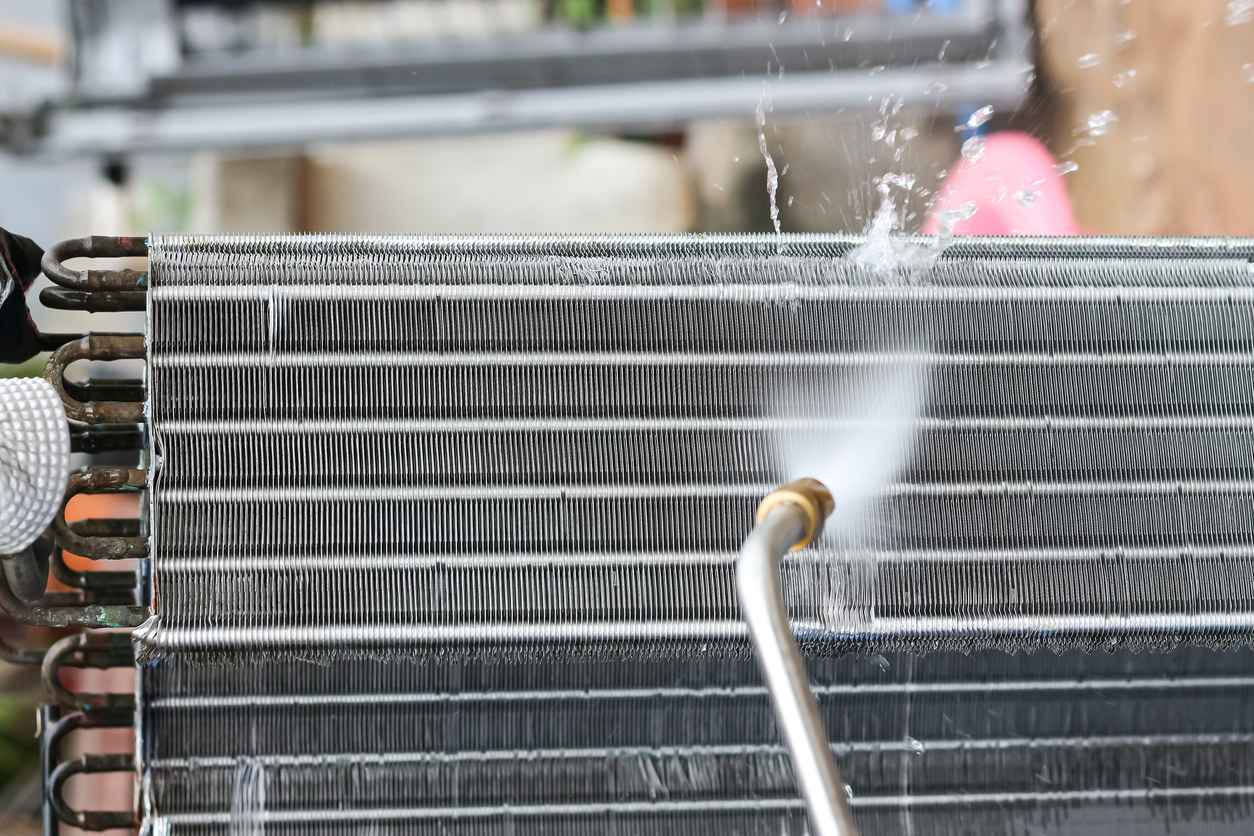
How to Clean AC Coils
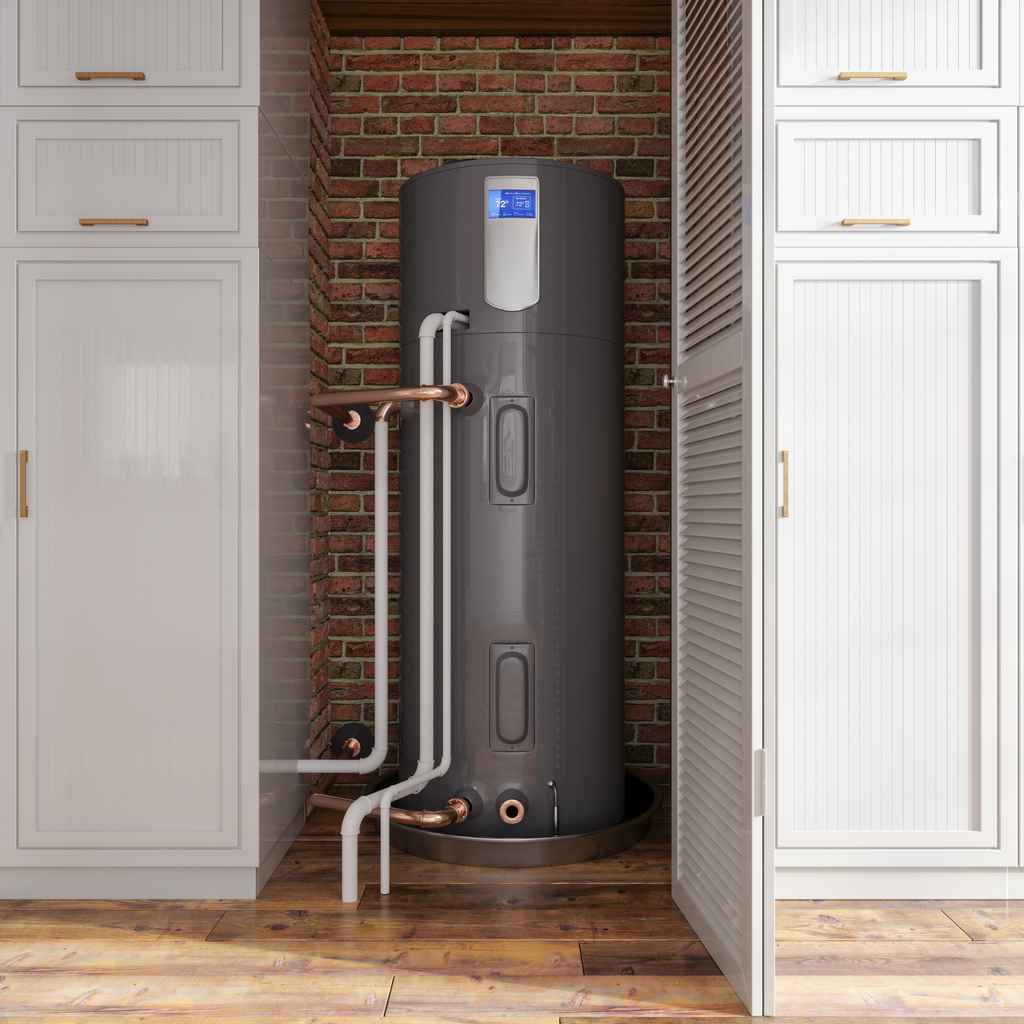
How Long Do Water Heaters Last?

